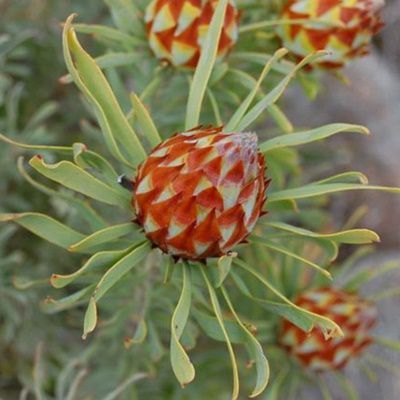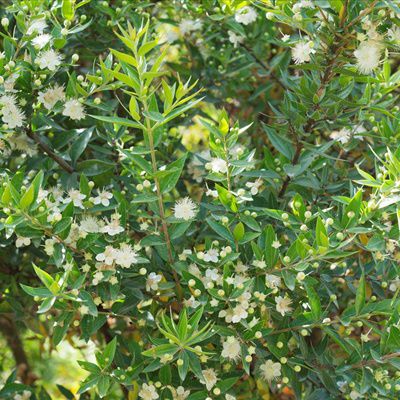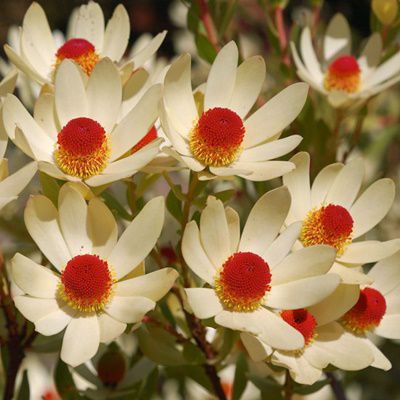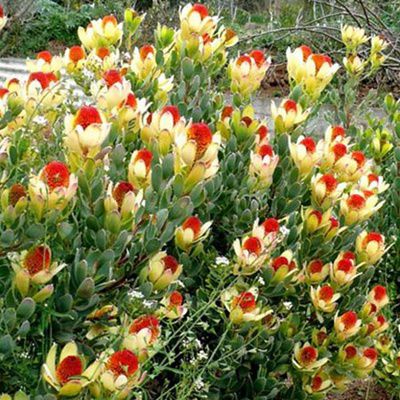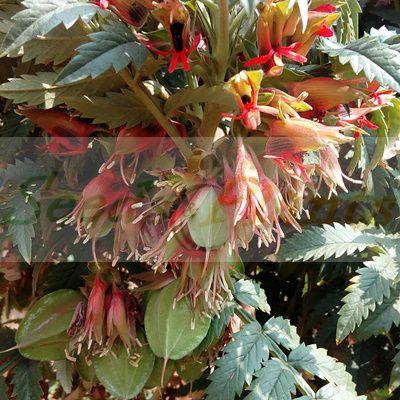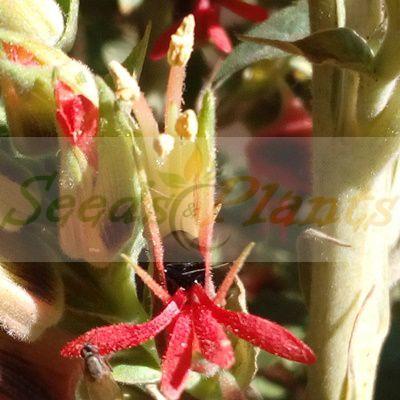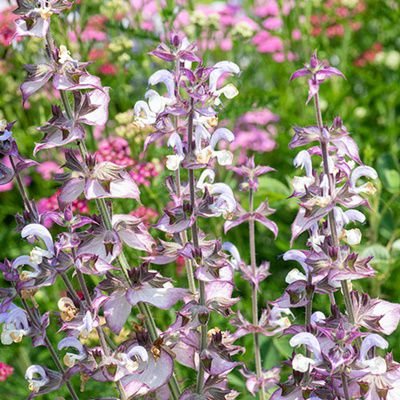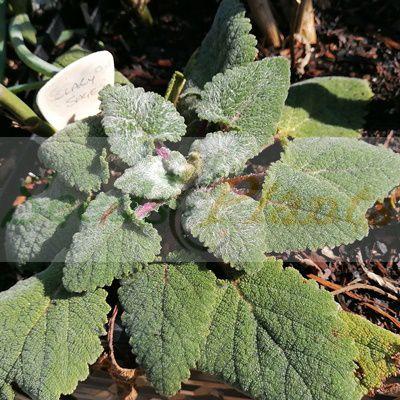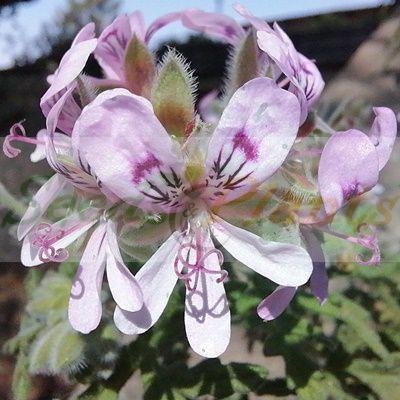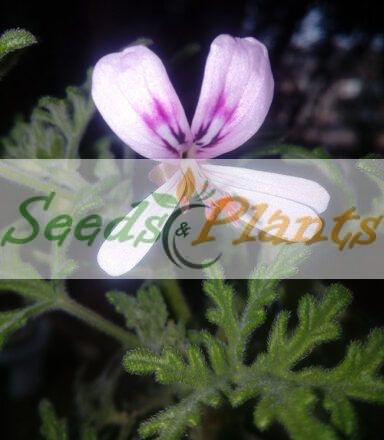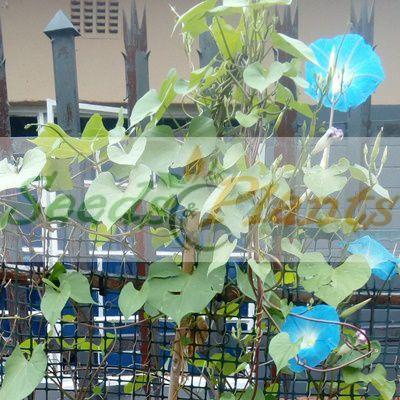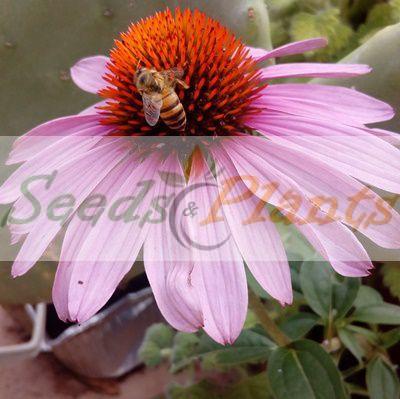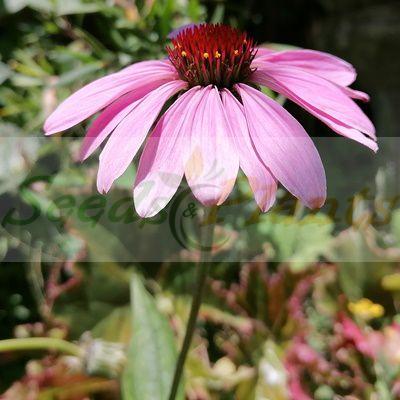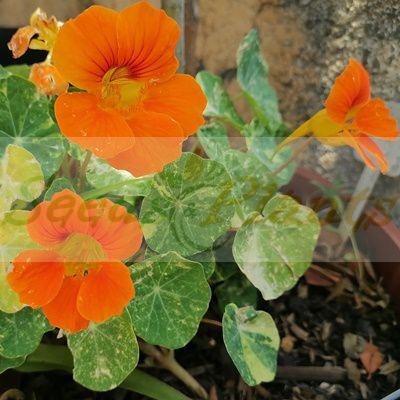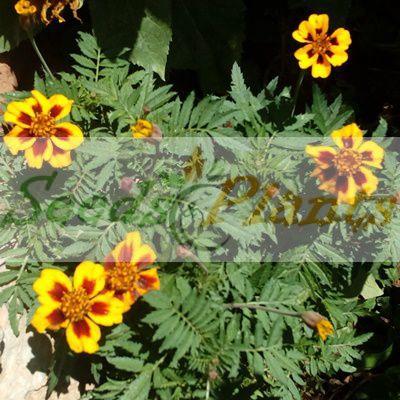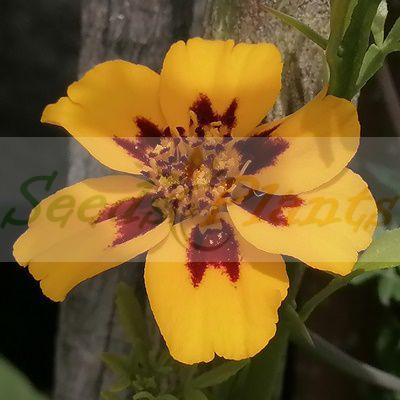🌼 Flower Quick Facts
Flower Info
- 🌍 Origin / Region: South Africa
- 🌸 Flower Color: Creamy White, Greenish yellow, Red, Yellow
- 🦋 Pollinator Method: Attracts Bees, Attracts Beetles
Growth Traits
- 🌱 Life Cycle: Perennial
- 🌾 Plant Type: Shrub
- 🪴 Growth Habit: Upright
Growing Requirements
- 🌞 Sun Exposure: Full Sun
- 💧 Water Needs: Avoid Overwatering, Moderate Water, Water Deeply
- ☀️ Growing Conditions: Drought Tolerant, Heat Tolerant, Moderate Cold Tolerance, Moderate Frost Tolerance
- 🟤 Soil Preference: Acidic, Loam, Sandy, Well-Drained
Piketberg Conebush – 5 Seeds
(Leucadendron discolor)
R50.00
Discolor means two colors and refers to the flower head on the male plant. It is bright red in bud, changing to sunshine yellow as the pollen appears.
Common Names: Piketberg Conebush, Gold Flame Tips, Red Conebush and Rooi-tolbos.
Indoor Sowing: Late Summer and Autumn.
Direct Sowing: Late Summer and Autumn.
In stock
🌼 Flower Quick Facts
Flower Info
- 🌍 Origin / Region: South Africa
- 🌸 Flower Color: Creamy White, Greenish yellow, Red, Yellow
- 🦋 Pollinator Method: Attracts Bees, Attracts Beetles
Growth Traits
- 🌱 Life Cycle: Perennial
- 🌾 Plant Type: Shrub
- 🪴 Growth Habit: Upright
Growing Requirements
- 🌞 Sun Exposure: Full Sun
- 💧 Water Needs: Avoid Overwatering, Moderate Water, Water Deeply
- ☀️ Growing Conditions: Drought Tolerant, Heat Tolerant, Moderate Cold Tolerance, Moderate Frost Tolerance
- 🟤 Soil Preference: Acidic, Loam, Sandy, Well-Drained
Piketberg Conebush (Leucadendron discolor) is one of 80 species of South African shrubs belonging to the family Proteaceae. The plant is listed as being vulnerable and It is threatened by habitat loss. Discolor means two colors and refers to the flower head on the male plant. It is bright red in bud, changing to sunshine yellow as the pollen appears.
Common names: gold flame tips, red conebush (Eng.); rooi-tolbos (Afr.)
The Piketberg Conebush grows on rocky, sandstone soils amongst mountain fynbos at altitudes between 450 -and 500 m. It is pollinated by insects carrying pollen from the male flower onto the female cone. Pollination occurs and seeds form and grow within this cone.
It is a slow growing perennial shrub. Growth of the root system and propagation, from a seed to the plant’s first flower, can take up to two years.
Growing Piketberg Conebush
Indoor Sowing: Late Summer and Autumn.
Direct Sowing: Late Summer and Autumn.
- Sow seed in late summer to autumn.
- Seed can be sown in a seed tray placed in a sunny position. Seed can also be sown directly where you want the plants to grow.
- Sow on a well-drained medium, firm down and cover with a layer of sand or finely milled bark.
- Germination begins after two to three weeks.
- Once two true leaves have grown, prick the seedlings out into small bags.
- Place the seedlings in a lightly shaded area with good air circulation.
- When plants are ± 50-100 mm tall, or after one year’s growth, they can be planted into the garden.
- The plant requires a hot, sunny position with well-drained acidic soil.
Disclaimer
Medicinal Information:
All medicinal information on this website is for educational and informational purposes only and may not be construed as medical advice. The information is not intended to replace medical advice or treatment offered by healthcare professionals.
Seeds, Plants, Plant Cuttings, Geophytes and Dried Herbs:
In some countries and provinces, certain plants are deemed as invasive and are not allowed to be planted at all, whilst some plants are allowed to be grown only in certain areas or provinces. The onus is on you as the buyer to familiarize yourself with the regulations pertaining to your location, before purchasing any of our seeds, plants, plant cuttings, geophytes or dried herbs. We will not be held liable, should you purchase any seeds, plants, plant cuttings, geophytes or dried herbs. from us which are prohibited in your country or province.

